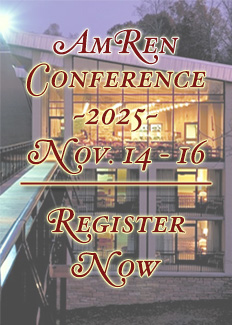I’m Black and My Doctor Should Be Too
Alexander Hardy, Vice, January 3, 2017
{snip}
{snip} Disparities in the way white doctors assess the pain of their black patients versus their white patients are well documented. These disparities are why many patients of color prefer to go to a doctor of the same race or cultural background.
To wit: A 2015 study by the psychology and family medicine departments at the University of Virginia explored bias in pain perception and treatment, and “false beliefs about biological differences between blacks and whites.”
The study recruited “white laypersons,” white medical students, and white residents. The regular white folks were asked to judge, on a four-point scale, the level of pain they’d experience in eighteen different scenarios, like getting a paper cut or slamming your hand in the car door. They were then asked what level of pain a black or white person of the same sex in the same scenario would likely experience. Next, they responded to fifteen statements about biological differences between the races — like “Black people have thicker skin than white people” (false), “White people are less prone to strokes” (true), “Blacks have stronger immune systems” (false) — rating each on a six-point scale from one (definitely untrue) to six (definitely true). Meanwhile, the 222 first-, second-, and third-year students and residents read mock cases about a black and white patient, rated their pain from zero to ten, and made recommendations for pain treatment.
As the researchers anticipated, the “laypersons” who held false beliefs about biological differences rated the pain of the blacks lower than the whites. Half of the medical students and residents subscribed to at least one false belief. Twenty-five percent of the residents believed black people have thicker skin. Those with the inaccurate misconceptions then rated the pain of blacks lower than whites, and in turn made less appropriate treatment recommendations.
{snip}
Another study from the University of Boston school of dental medicine showed that black patients are half as likely to receive opioid prescriptions during emergency room visits — specifically for so-called “non-definitive” conditions like back or abdominal pain or migraines that are harder to diagnose — often under the guise of caution against “drug-seekers.” There were, however, no differences in treatment for definitive conditions like toothaches, kidney stones, or broken bones.
{snip}
Even without knowledge of these studies, a long, messed-up history inevitably leads to a distrust of white doctors among people of color. Consider, for instance, that many of the earliest advances in modern gynecology were because of the heinous anesthesia-free experiments and surgeries that physician James Marion Sims performed on enslaved black women whose bodies served as sandboxes for the sadistic, privileged and curious.
And then of course, there is the Tennessee Tuskegee Experiment, a 40-year study during which the US Public Health Service studied untreated syphilis in 399 black men in Alabama (and actively denied them treatment) under the guise of free healthcare from the government, all for some precious data from their autopsied corpses.
These atrocities may have happened ages ago, but yesteryear’s depravities leave a residue of distrust between patients of color and their white doctors.
{snip}
Even with extensive studies on racial bias and America’s troubled past with black folks and medical treatment, the difference often boils down to the comfort of knowing your doctor understands the uniqueness, importance, and nuances of your culture and lived experiences.
“Any time you don’t have to explain the subtleties of your world, your comfort increases. It doesn’t seem as strange to explain to your fellow black American doctor why it’s hard to stick to your new cardiac diet when Big Mama is inviting you to Sunday dinner,” Creighton says of the comfort that comes with familiarity. “And the micro-aggressions that can occur are deadly to building rapport and trust, the same way it is in any working relationship.”
{snip}
















